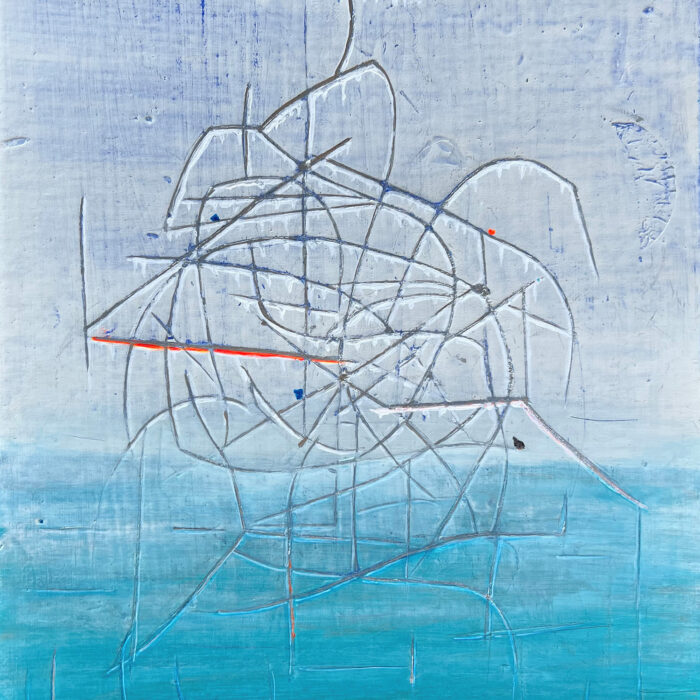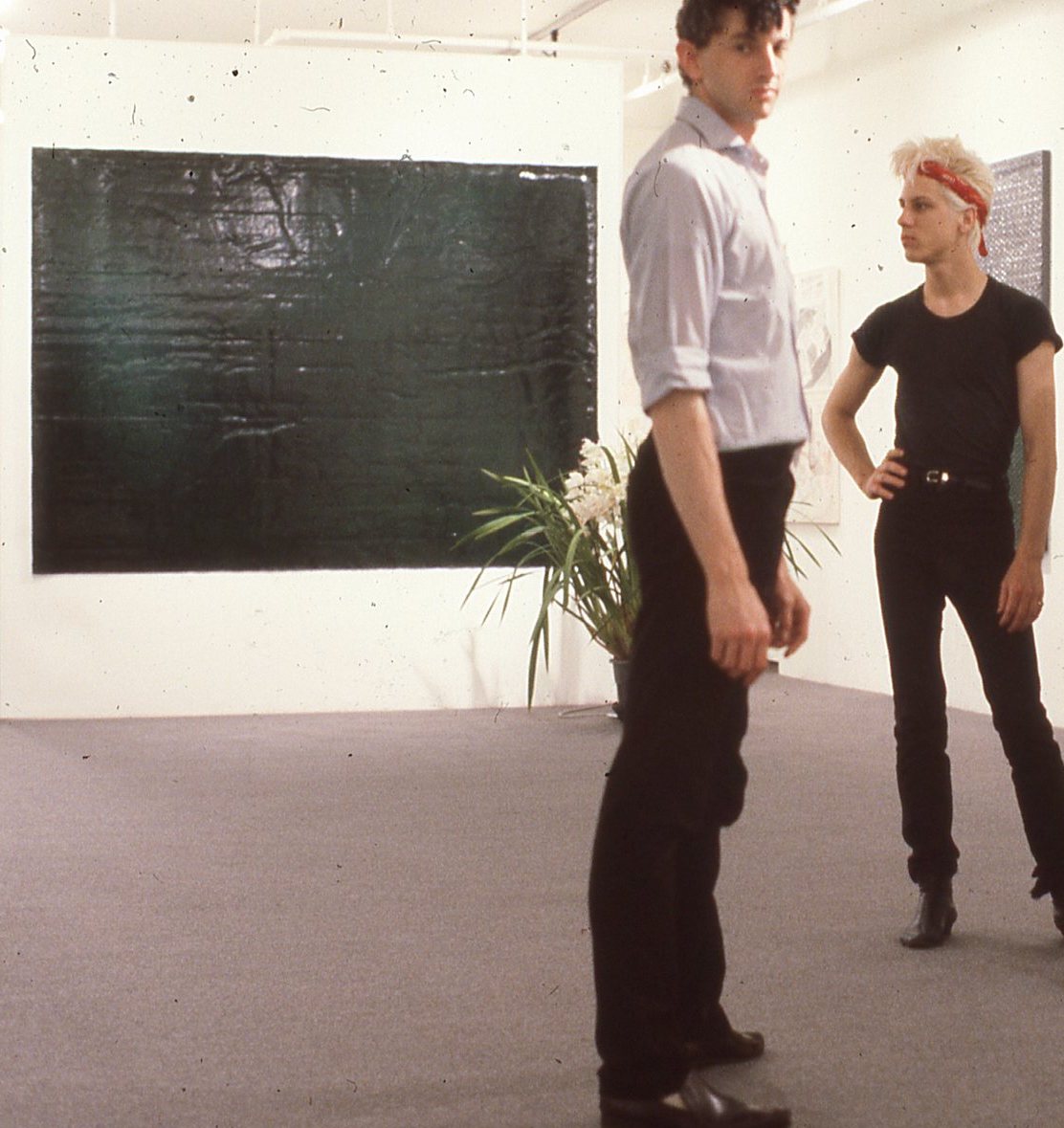Composer William Basinski presents a formative archival work from 1979 on LINE.
BOOMKAT: TOP 100 Reissues of 2023
ABUL MOGARD Boomkat End of Year List 2023
HEADPHONE COMMUTE’S BEST OF 2023 Music For Bending Light And Stopping Time
William Basinski is an artist that needs no introduction. His looping, elegiac works are hypnotic and form a cornerstone of 21st Century avant-garde and ambient music.
The Clocktower at the Beach is a previously unreleased 42-minute archival work composed and recorded in 1979 during his time living in San Francisco. At times faint, and other times roaring, this sprawling, foggy drone is a tumult of ebb and flow.
Composed from tape loops of original night shift factory recordings and broken 1950s televisions—rescued from the street by his partner, artist James Elaine—in their sparse Haight Street apartment, The Clocktower at the Beach is one of Basinski’s earliest and eeriest works.
Reflecting on how this particular work informed his future sound explorations and compositions: “Having the Norelco Continental reel-to-reel decks was instrumental in so much of my early work. With four speeds, these stalwart workhorses helped me to discover hidden, unheard sounds. My magic machines. This piece was one of my earliest drone pieces. Each of my pieces is a singular experiment that starts with some kind of spark, but with Clocktower I was most encouraged to finally pursue long-form works that create space and distort time.”
Engaged by all of the used records Elaine would bring home from his record store job, Basinski proclaims: “You name it, Jamie had it or got it… immediately! My musicology masterclass mentor and first champion, James Elaine.”
In the same orbit as Somei Satoh’s Emerald Tablet (1978), Jean-Claude Eloy’s Gaku-No-Michi (1979), and Eliane Radigue’s series of late 1960s-70s feedback works, Basinski’s The Clocktower at the Beach is like a seashore Giorgio de Chirico, a mysterious empty crepuscule painted in sound.
William Basinski has previously released two collaborative works with Richard Chartier on LINE: Untitled 1-3 (2008) and Aurora Liminalis (2013). ‘The Clocktower at the Beach’ is his first release on LINE in a decade.



